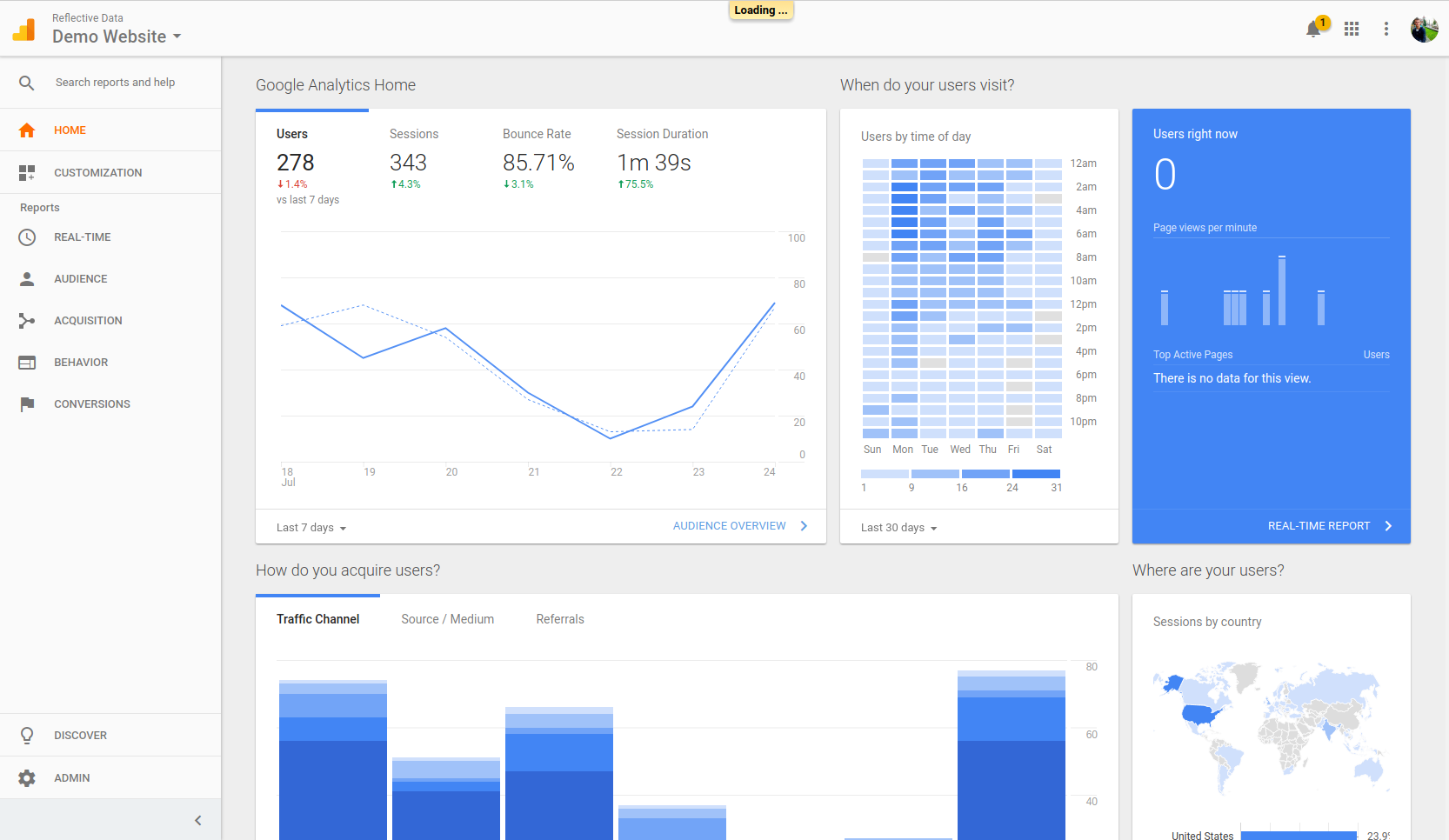Opening the Power of What is a "Dimension" in Google Analytics for Better Data Analysis
Wiki Article
Transform Your Data Evaluation With Professional Tips on Google Analytics Dimensions
Enhancing your information evaluation capacities via Google Analytics measurements can be a game-changer in deciphering the details of customer communications and online web traffic. By purposefully leveraging these measurements, you can acquire important insights that lead the way for informed decision-making. The elaborate internet of data factors waiting to be checked out holds the vital to unlocking a gold mine of info that might change your understanding of digital performance. Via professional suggestions and methods in taking advantage of Google Analytics measurements, a world of untapped prospective beckons, guaranteeing a much deeper understanding of your online environment.Comprehending Google Analytics Dimensions
Google Analytics Dimensions play an important duty in providing beneficial understandings right into the performance of a web site or online system. Dimensions are features of data that permit you to sector and organize your analytics data. They offer context to the metrics being evaluated, using a much deeper understanding of customer habits, web traffic sources, and other key efficiency signs. By utilizing measurements properly, businesses can tailor their methods to fulfill the demands and assumptions of their target market.Measurements categorize information into different groups, such as traffic resources, user demographics, behavior, and innovation made use of. This segmentation makes it possible for services to identify patterns, trends, and chances for optimization. Comprehending the different dimensions available in Google Analytics is vital for interpreting data accurately and making informed choices to enhance website efficiency and individual experience.
Choosing the Right Capacities
Picking the ideal measurements in your Google Analytics setup is an essential element in efficiently evaluating and analyzing data. Dimensions in Google Analytics refer to the features of your data, such as source, tool, gadget type, or geographic area. When selecting dimensions, consider what specific understandings you intend to gain from your data analysis.
It is vital to select dimensions that align with your organization purposes and the inquiries you seek to address. By choosing the ideal dimensions, you can boost the deepness and accuracy of your data analysis, bring about even more enlightened decision-making and actionable understandings.
Making Use Of Custom Capacities Effectively
When intending to delve much deeper into certain information points beyond the conventional measurements given by default in Google Analytics, utilizing custom measurements can offer a customized method to tracking and evaluating one-of-a-kind metrics. To successfully utilize personalized measurements, it is important to strategy and execute them thoughtfully, guaranteeing they line up with your data and goals analysis requires. Consistently assessing and improving your custom dimensions based on altering organization requirements is vital to optimizing the worth they bring to your Google Analytics information evaluation initiatives.
Advanced Techniques for Dimension Evaluation
For in-depth information analysis and gaining important understandings from your Google Analytics records, understanding advanced methods for dimension analysis is essential. Advanced methods for dimension analysis involve diving deeper right you can find out more into the data to reveal even more comprehensive insights.Another sophisticated technique is using custom-made reports to analyze measurements across various metrics. This permits you to contrast and compare how certain measurements influence various aspects of your site performance. Additionally, leveraging the power of additional measurements can offer added context to primary measurements, using an extra detailed sight of your data.

Improving Data Visualization With Measurements
To improve the understanding and interpretation of data accumulated through Google Analytics, boosting information visualization with dimensions is a tactical approach. what is a “dimension” in google analytics?. Measurements in Google Analytics provide descriptive qualities of information, allowing customers to sector and arrange information for clearer insights. By using measurements successfully, services can create graphes such as graphes, graphs, and tables weblink that help in offering intricate data in an extra absorbable format. Dimensions like geographical area, tool type, or website traffic resource can be envisioned to determine patterns, fads, and connections within the information.Improving information visualization with measurements not only simplifies the discussion of data yet also aids in making educated choices based upon the evaluation. Graphes offer a intuitive and fast method to realize key metrics and efficiency signs, facilitating communication and cooperation within an organization. By including measurements into information visualization strategies, organizations can open the full capacity of their Google Analytics information and drive data-informed strategies for development and optimization.
Verdict
To conclude, understanding Google Analytics dimensions is necessary for opening useful insights and enhancing decision-making. By meticulously picking dimensions aligned with vital performance indications, making use of personalized measurements effectively, and applying sophisticated click to find out more methods such as segmentation and secondary dimensions, you can reveal patterns in user behavior and website traffic sources. Improving data visualization with clear depictions of searchings for will better aid in interpreting intricate data and driving efficient growth approaches.When aiming to delve deeper into certain information factors past the typical measurements provided by default in Google Analytics, making use of custom-made measurements can supply a customized strategy to tracking and examining unique metrics. In addition, leveraging the power of secondary measurements can supply added context to main measurements, supplying an extra comprehensive view of your information.
To boost the understanding and interpretation of information gathered with Google Analytics, boosting data visualization with measurements is a critical method (what is a “dimension” in google analytics?). By integrating measurements right into information visualization techniques, services can unlock the complete capacity of their Google Analytics data and drive data-informed strategies for growth and optimization
By meticulously selecting measurements lined up with crucial performance indications, making use of custom measurements successfully, and using innovative strategies such as segmentation and secondary measurements, you can reveal patterns in individual habits and web traffic resources.
Report this wiki page